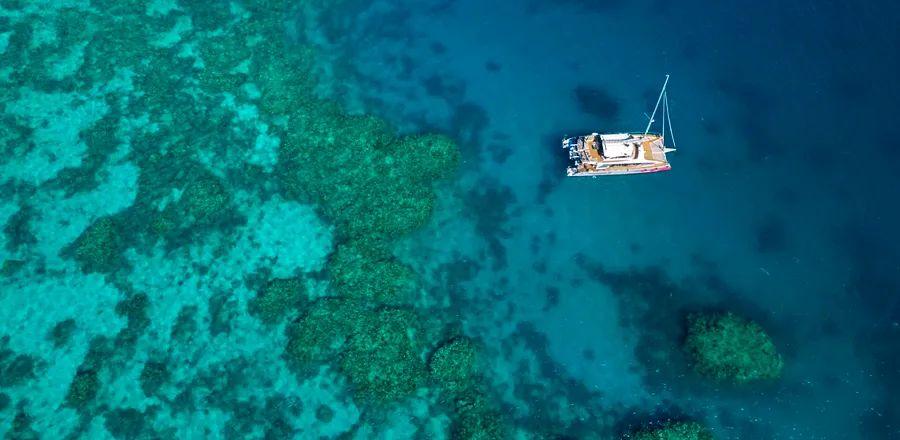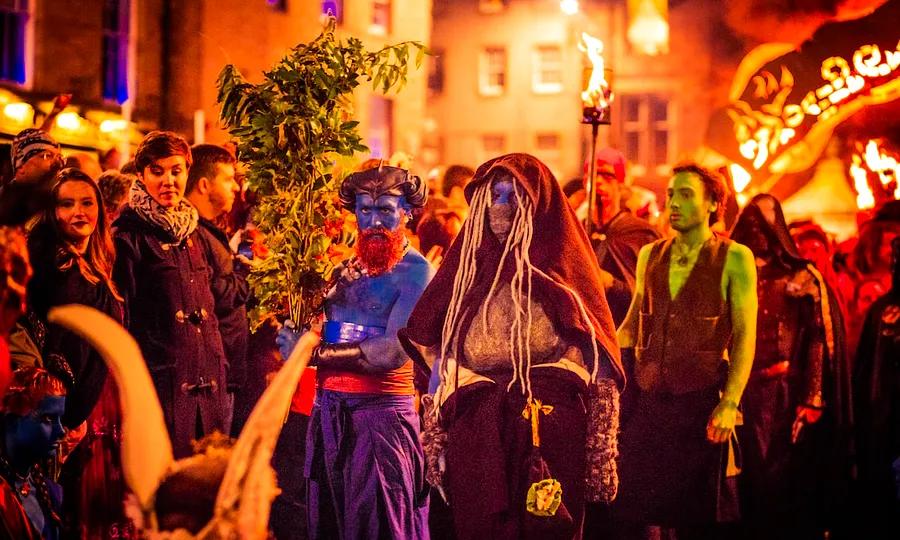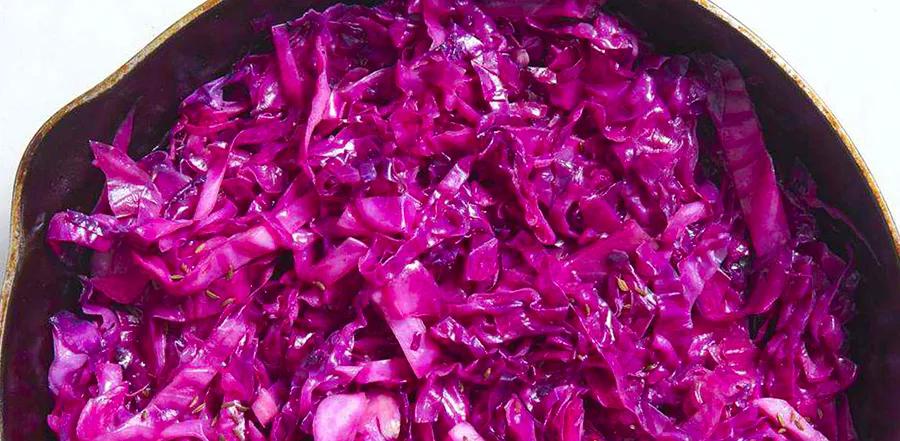Discover the Indigenous Women Dedicated to Protecting Australia’s Great Barrier Reef

During her childhood, Larissa Hale lived just under 300 feet from the Queensland shoreline at Archer Point. After school, she would climb mangrove trees, enjoy splashing and swimming in the gentle waves from the Great Barrier Reef, and stroll along the beach with a bucket, searching for stray crayfish or mud crabs to bring home for dinner. Occasionally, her family—who have resided along this coast in what is now known as North Queensland for generations—would board a boat to explore nearby islands.

Image courtesy of the Queensland Indigenous Women Rangers Network
“The waters there were so clear that you could see right through them and everything around,” shares Hale, a Yuku Baja Muliku woman. “It was truly stunning. I still have some of the tiny seashells I collected when I was little—those little seashells that appear as if they’ve been hand-painted, you know?”
Now grown, Hale dedicates herself to safeguarding and nurturing the land of her childhood. After enduring years of neglect and agricultural exploitation, Yuku Baja Muliku (also known as Archer Point) was returned to the community in 2006, covering over 56,000 acres. In 2007, Hale became a ranger with the Yuku Baja Muliku Land Corporation—an organization formed by the Traditional Custodians of Archer Point. As one of Queensland's pioneering female rangers, she now serves as the managing director, advocating for around 200 clan members' interests.
“I’m a woman of the sea country,” she states. “Our bond with the reef is profound, encompassing both cultural significance and resources for food and medicine. I've always cherished and respected it.”

Image courtesy of the Queensland Indigenous Women Rangers Network
Similar to the United States’ Land Back Movement, Australia’s handback movement advocates for the return of large areas of land to the communities that historically cared for them. While the concept has existed since the onset of colonialism in Australia, the contemporary land rights movement can trace its origins to 1963, when the Yolngu people from Yirrkala in northeast Arnhem Land submitted the Yirrkala Bark Petitions to parliament. They sought the return of their land, which had been used for decades for bauxite mining—an environmentally damaging activity—without their consent. In 1971, the Yolngu presented their case to the Northern Territory Supreme Court, which acknowledged their enduring connection to the land but ultimately dismissed their claim.
In recent years, an increasing amount of land is being returned to its rightful custodians, representing a significant acknowledgment of the rights of Australia’s Aboriginal and Torres Strait Islander peoples and the historical injustices they have faced. A notable instance of the handback movement occurred in 1985 when the title for Uluru-Kata Tjuta National Park, home to Uluru—arguably the nation's most iconic landmark—was returned to the Anangu people. The park is now co-managed by the federal government and the Anangu community. In 2021, Daintree National Park, which contains the world’s oldest rainforest covering over 395,000 acres, was handed back to the Eastern Kuku Yalanji people. More recently, in March 2022, nearly half of the UNESCO World Heritage site Kakadu National Park was officially returned to the Kakadu Region Land Claims.
Beyond addressing historical injustices, the handback movement brings numerous environmental advantages; First Peoples caretakers can leverage 60,000 years of ancestral knowledge to enhance land stewardship. For both the Australian government and Hale, utilizing this institutional Indigenous wisdom is crucial in the battle against climate change and in safeguarding one of the country’s most stunning and vulnerable treasures: the Great Barrier Reef. Archer Point, where Hale and her team work, includes both the Wet Tropics of Queensland World Heritage site (an ancient rainforest) and the Great Barrier Reef.

Photo by Ivanenko Vladimir/Shutterstock
In addition to assessing the ocean's water quality around Archer Point and monitoring freshwater runoff sources, Hale dedicates her efforts to observing the health of the seagrass beds offshore. Often overlooked and undervalued, seagrass acts as an indicator of the overall health of marine ecosystems: it provides nourishment for juvenile fish, shelter from predators for baby sea turtles, and a favorite meal for dugongs, sometimes referred to as sea cows. Seagrass is particularly sensitive to fertilizer runoff contamination and other pollutants from industrial agriculture—the survival of dugongs in Australia is at risk due to the decline of seagrass habitats.
"The last seagrass bed I inspected had large dugong feeding trails weaving through it," Hale shares. "It’s a beautiful sight. It’s reassuring to know that the dugongs are still around."
For Hale, caring for the Great Barrier Reef and its surrounding lands is much more than a fleeting interest or intense dedication—it’s an intrinsic part of her heritage. "I recall asking my grandfather, who was also a ranger, 'What does it feel like to be back working on your homeland?'" she recounts. He responded, "It feels good here because I’m home."

Courtesy of Biopixel/Tourism and Events Queensland
In 2018, Hale established the Queensland Indigenous Women’s Ranger Network, providing a platform for Indigenous women in the field to exchange their experiences, stories, and knowledge. The network regularly offers training for aspiring rangers and conducts weekly Junior Ranger after-school programs. In 2022, the organization received global recognition with the Earthshot Prize, an accolade initiated by Prince William and Sir David Attenborough to honor those addressing the world’s most pressing environmental issues. Given the vast areas that rangers oversee (one of the largest in Queensland spans nearly 150,000 acres), the work can occasionally feel remote and isolating—especially for women. This was a challenge Hale noticed right away when she began her ranger career in 2007.
"When I first joined, I was the sole woman in the group," she recalls. "Most were ex-army, and the men would dominate the conversation. I often found myself thinking, 'We need more women here.'"
Through her efforts with the QIWRN, Hale aspires to show other women that stewardship of the land isn’t solely a male endeavor and that women can thrive as rangers too. The impact is evident: when the organization was launched in 2018, there were merely 18 female rangers in Queensland, which spans over 450 million acres—two and a half times the area of Texas. Today, that number has risen to nearly 140.
Hale dreams of establishing a global network of Indigenous women rangers to exchange ancestral knowledge, offer support, and share practical advice. Currently, she has already inspired someone very close to her to don the ranger uniform: her daughter, Leilani Hale. Leilani frequently assists her mother in surveying fish and mussel populations, both critical indicators of the health of the local marine ecosystem.

Courtesy of the Queensland Indigenous Women Rangers Network
"As a child, my Mum was the only female ranger coordinator, but now with QIWRN, it's incredible and truly empowering for a young ranger to witness women rangers coming together in one place to support one another," Leilani shares.
Following in her mother’s footsteps, Leilani views her role as part of a larger legacy, one of love and stewardship for something far greater than herself. "I collaborate with the Elders to learn our traditional practices to ensure that the country has healthy water," she explains. "For me, the most important aspect of working on country is preserving our traditional knowledge. The existence of QIWRN is crucial as it encourages more women to enter the ranger profession."
For both Hale and her daughter, the responsibility of caring for the land is vital not only for the future of the Yuku Baja Muliku community but also for the Great Barrier Reef and Australia as a whole, impacting the world at large. "I cherish the feeling that I’m truly making a difference, and one thing we often say at home is: 'Our land, our people, our future,'" Hale states. "It’s all interconnected. By taking care of our land and sea country, we are ultimately caring for our people, ensuring a brighter future for all."
Evaluation :
5/5



